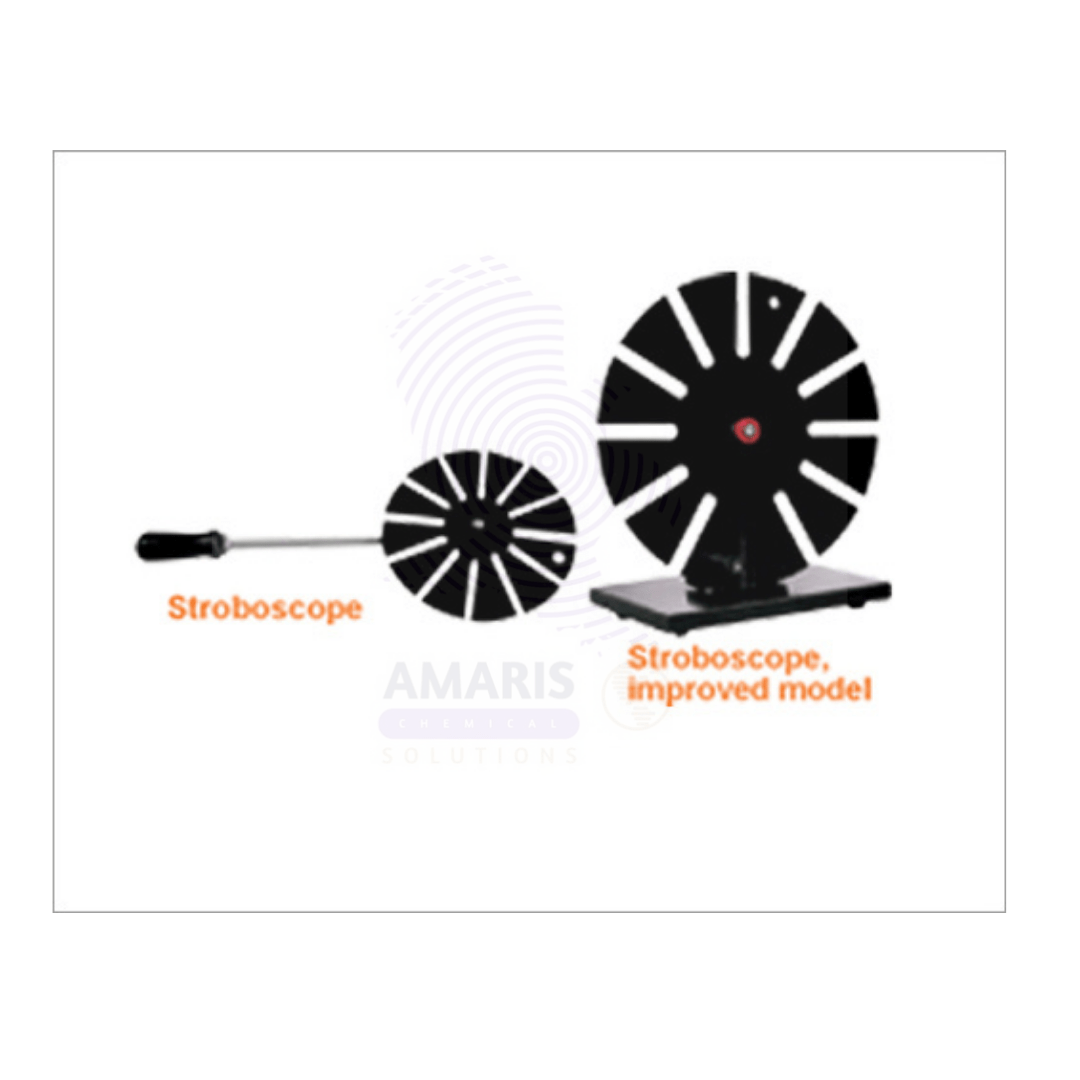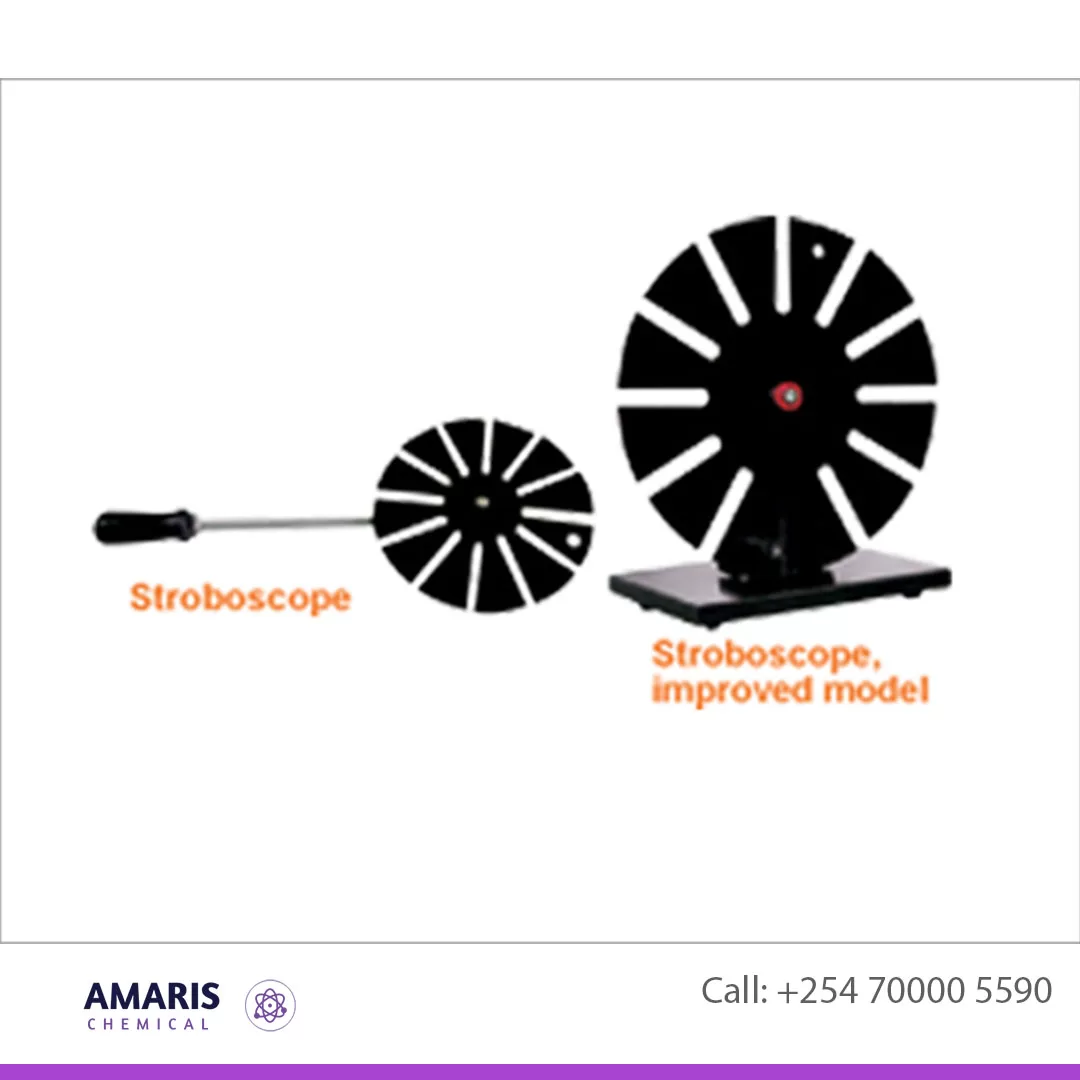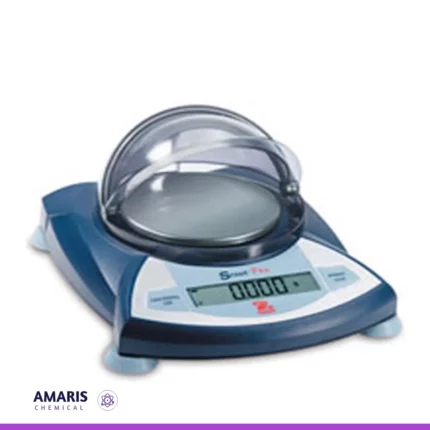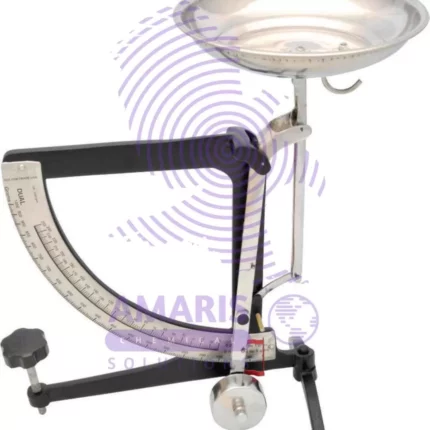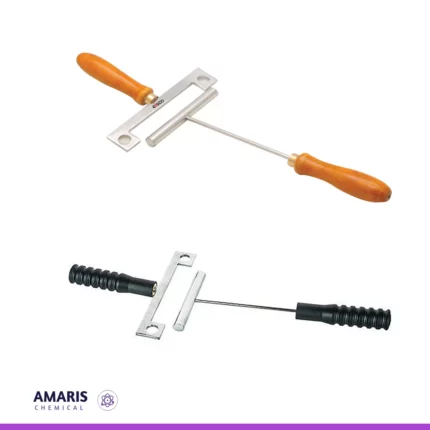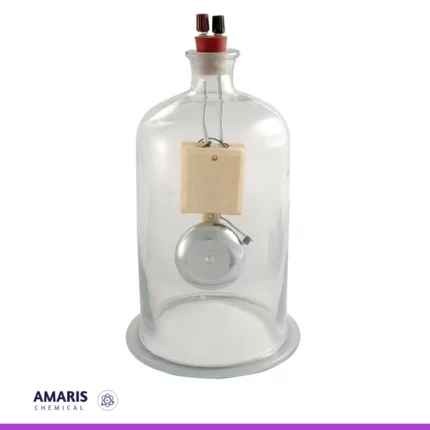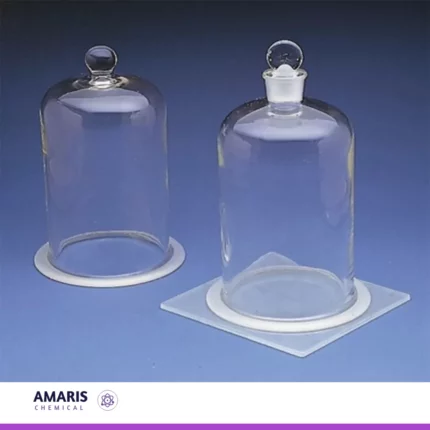“Balance Electronic Ohaus cl 200” has been added to your cart. View cart
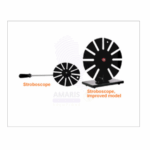
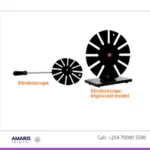
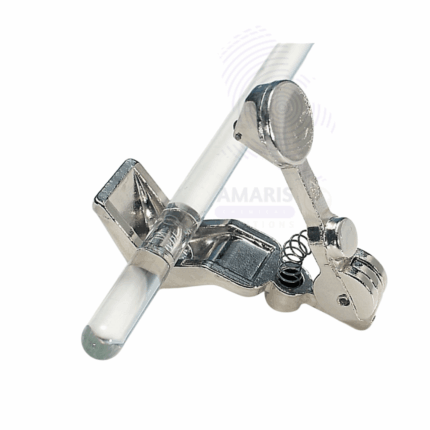
Glass tubing cutter file
$1,500.00 Original price was: $1,500.00.$1,400.00Current price is: $1,400.00.
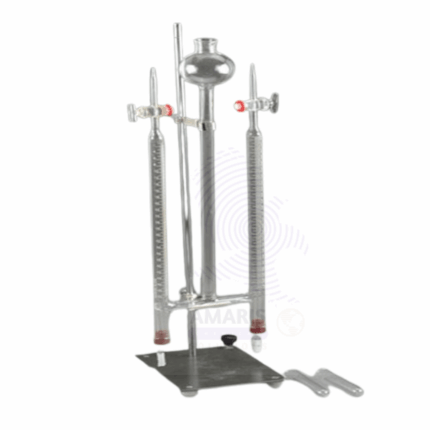
Hoffman Voltameter
$500.00 Original price was: $500.00.$450.00Current price is: $450.00.
Hand Stroboscope
$850.00 Original price was: $850.00.$800.00Current price is: $800.00.
Whatsapp Order
Hare’s Apparatus is a device used in laboratories to compare the densities of two liquids. It consists of two glass tubes connected at the bottom by a piece of flexible tubing and attached to a stand to keep the setup stable and upright.
SKU:
ACS35236CHEM0
Category: LABORATORY EQUIPMENT & APPARATUS
Description
Uses of Hand stroboscope
- Density Comparison:
- Educational Demonstrations: Hare’s Apparatus is used in classrooms and laboratories to visually demonstrate the concept of density and how it affects the height of liquid columns.
- Experimental Determination: It allows students and researchers to determine the relative densities of two immiscible liquids by comparing the heights of the liquid columns in the two connected tubes.
- Hydrostatic Pressure Studies:
- Principle of Hydrostatic Pressure: The apparatus helps illustrate how different liquids exert different pressures at the same height due to their varying densities.
- Pascal’s Law: Demonstrates Pascal’s principle by showing how pressure applied to a fluid is transmitted equally in all directions.
- Buoyancy and Archimedes’ Principle:
- Understanding Buoyancy: By comparing the densities of different liquids, students can better understand the concept of buoyancy and why objects float or sink in different liquids.
- Viscosity Studies:
- Flow and Viscosity: While primarily used for density comparison, Hare’s Apparatus can be adapted to observe the flow characteristics of different liquids, providing insights into their viscosities.
- Material Science:
- Solubility and Miscibility: It can be used to study the miscibility of different liquids and their solubility properties, which is important in material science and chemical engineering.
- Thermodynamic Studies:
- Temperature Effects on Density: By conducting experiments at different temperatures, students can observe how temperature changes affect the density of liquids, linking to concepts in thermodynamics.
- Calibration and Verification:
- Instrument Calibration: It serves as a simple tool for calibrating other instruments that measure liquid density, by providing a straightforward method for density comparison.
- Quality Control: In industrial laboratories, it can be used for quick quality control checks to ensure the consistency of liquid densities in processes such as food and beverage production.
- Chemical Analysis:
- Purity Testing: The apparatus can help in assessing the purity of liquids, as impurities often alter the density of a liquid.
Related products
Aspirator Bottle Glass
A laboratory aspirator glass bottle, also known as a vacuum aspirator bottle or a vacuum filtration flask, is a specialized glass container used in scientific laboratories for various applications. It is designed to create a vacuum or negative pressure, which allows the filtration of liquids through a porous medium like a filter paper or a membrane.
The bottle typically has a conical or pear-shaped body with a sidearm or neck near the top. This neck is where a rubber or silicone stopper is inserted, allowing for the attachment of tubing or a hose to connect to a vacuum source or water aspirator. (Available in 2.5l,5l,10l,)
Laboratory aspirator glass bottles are commonly used in vacuum filtration processes to separate a solid precipitate from a liquid solution. When connected to a vacuum source, the air inside the bottle is removed, creating a pressure difference that draws the liquid through the filter, leaving the solid behind on the filter paper.
These bottles come in various sizes to accommodate different filtration needs and are an essential tool in many research, analytical, and quality control laboratories for tasks like separating particulate matter, sterilizing solutions, and performing various filtration techniques. They are often made of durable borosilicate glass to withstand the pressure changes and chemical interactions that may occur during laboratory operations.
Balance lever
$0.01
The best definition of a balance lever is a simple machine that consists of a rigid bar or beam that pivots around a fixed point called the fulcrum. It is used to compare the weights or forces of two objects and determine if they are in equilibrium (balanced) or if one side is heavier than the other (unbalanced).
The balance lever operates on the principle of torque, where the torque (rotational force) exerted on one side of the fulcrum is equal to the torque on the other side when the system is in equilibrium. This principle is expressed by the formula: Torque = Force × Distance from fulcrum.
By placing known masses or weights on one side of the lever and an unknown weight on the other side, the balance lever can be used as a weighing scale. When the lever is in balance, the two sides are equal in weight or force. This concept has been widely used in various applications, from traditional weighing scales to more complex systems like seesaws or construction equipment.
bar and gauge apparatus
$0.01
bell in vacuum
$0.01
A "bell in vacuum" apparatus is a scientific setup used to demonstrate the effects of reduced air pressure (vacuum) on sound transmission. It typically consists of a bell or sound-producing object enclosed within a sealed chamber from which air has been removed, creating a low-pressure environment. This apparatus is designed to illustrate how sound travels differently in a vacuum compared to in normal atmospheric conditions, highlighting the role of air molecules in sound propagation.
Bell Jar with knob
$0.01
The best definition of a bell jar apparatus is a scientific instrument used in laboratories to create a controlled environment for various experimental purposes, such as studying the behavior of gases, conducting vacuum experiments, or demonstrating principles of physics and chemistry. It consists of a glass or transparent plastic container shaped like a bell, which can be sealed to create a vacuum chamber. The apparatus allows researchers to manipulate and observe the interactions of substances or objects within the vacuum or controlled atmosphere, often enabling investigations that wouldn't be possible under standard atmospheric conditions.
blow pipes
$0.01
A blowpipe apparatus is a scientific instrument used in analytical chemistry and mineralogy for conducting various tests, particularly flame tests and microchemical reactions. It typically consists of a small tube or pipette through which a controlled stream of air or oxygen is blown onto a sample being heated. This stream of air or oxygen enhances the combustion of the sample, allowing the observation of characteristic colors emitted by different elements when they are vaporized and excited by the heat. The blowpipe apparatus is often used to identify and differentiate between different elements and compounds based on their unique emission spectra and reactions.


 Emollients
Emollients Humectants
Humectants UV Filters
UV Filters Surfactants (cosmetic)
Surfactants (cosmetic) Preservatives (cosmetic)
Preservatives (cosmetic) Fragrances and Essential Oils
Fragrances and Essential Oils Antioxidants (cosmetics)
Antioxidants (cosmetics)
 Solvents (lab)
Solvents (lab) Chromatography Chemicals
Chromatography Chemicals Microbiology and Cell Culture Reagents
Microbiology and Cell Culture Reagents Biochemical Reagents
Biochemical Reagents Inorganic and Organic Standards
Inorganic and Organic Standards Spectroscopy Reagents
Spectroscopy Reagents Molecular Biology Reagents
Molecular Biology Reagents
 Precious Metal Extraction Agents
Precious Metal Extraction Agents
 Plasticizers
Plasticizers Polymerization Initiators
Polymerization Initiators Stabilizers
Stabilizers Monomers
Monomers Fillers and Reinforcements
Fillers and Reinforcements Antioxidants (plastics)
Antioxidants (plastics) Colorants (plastic pigments,Dyes)
Colorants (plastic pigments,Dyes)
 Fertilizers
Fertilizers Plant Growth Regulators
Plant Growth Regulators Soil Conditioners
Soil Conditioners Animal Feed Additives
Animal Feed Additives Biostimulants
Biostimulants
 Dough Conditioners
Dough Conditioners Flour Treatments
Flour Treatments Fat Replacers
Fat Replacers Preservatives (baking)
Preservatives (baking)
 Surfactants (cleaning)
Surfactants (cleaning) Builders
Builders Bleaching Agents
Bleaching Agents Enzymes
Enzymes Solvents (cleaning)
Solvents (cleaning) Fragrances
Fragrances Disinfectant
Disinfectant Metal cleaning
Metal cleaning
 Binders/Resins
Binders/Resins Pigments
Pigments Solvents (paint)
Solvents (paint) Additives
Additives Driers
Driers Anti-Corrosion Agents
Anti-Corrosion Agents Specialty Coatings
Specialty Coatings Functional Coatings
Functional Coatings Application-Specific Coatings
Application-Specific Coatings
 Sealants and Adhesives
Sealants and Adhesives
 Biodegradable Surfactants
Biodegradable Surfactants Bio-based Solvents
Bio-based Solvents Renewable Polymers
Renewable Polymers Carbon Capture Chemicals
Carbon Capture Chemicals Wastewater Treatment Chemicals
Wastewater Treatment Chemicals
 Preservatives (food)
Preservatives (food) Flavor Enhancers
Flavor Enhancers Acidulants
Acidulants Sweeteners
Sweeteners Emulsifiers
Emulsifiers Antioxidants (food)
Antioxidants (food) Colorants (food)
Colorants (food) Nutrient Supplements
Nutrient Supplements Nutraceutical Ingredients
Nutraceutical Ingredients
 Fresh Herbs
Fresh Herbs Whole Spices
Whole Spices Ground Spices
Ground Spices Spice Blends
Spice Blends
 Surfactants(oil)
Surfactants(oil)
 Antibiotics
Antibiotics Active Pharmaceutical Ingredients
Active Pharmaceutical Ingredients Excipients
Excipients Vaccine Adjuvants
Vaccine Adjuvants Nutraceutical Ingredients
Nutraceutical Ingredients Solvents (pharmaceutical)
Solvents (pharmaceutical)
 Automotive chemicals
Automotive chemicals Pyrotechnic Chemicals
Pyrotechnic Chemicals


 Vulcanizing Agents
Vulcanizing Agents Accelerators & Retarders
Accelerators & Retarders Antidegradants
Antidegradants Reinforcing Agents
Reinforcing Agents Plasticizers & Softeners
Plasticizers & Softeners Fillers & Extenders
Fillers & Extenders Blowing Agents
Blowing Agents Adhesion Promoters
Adhesion Promoters
